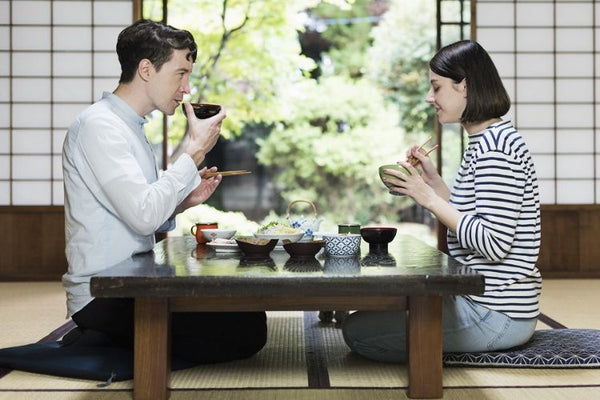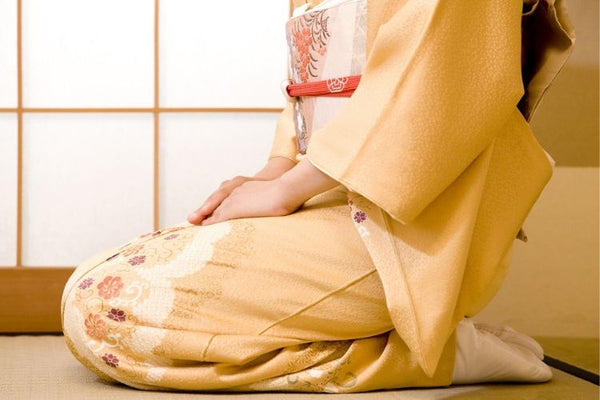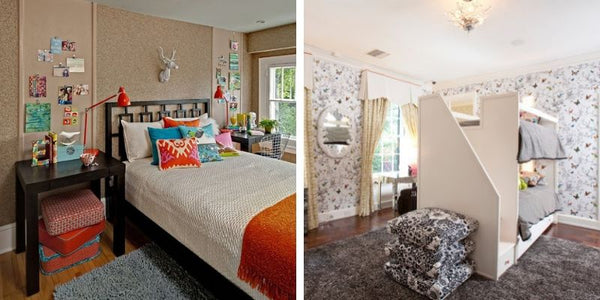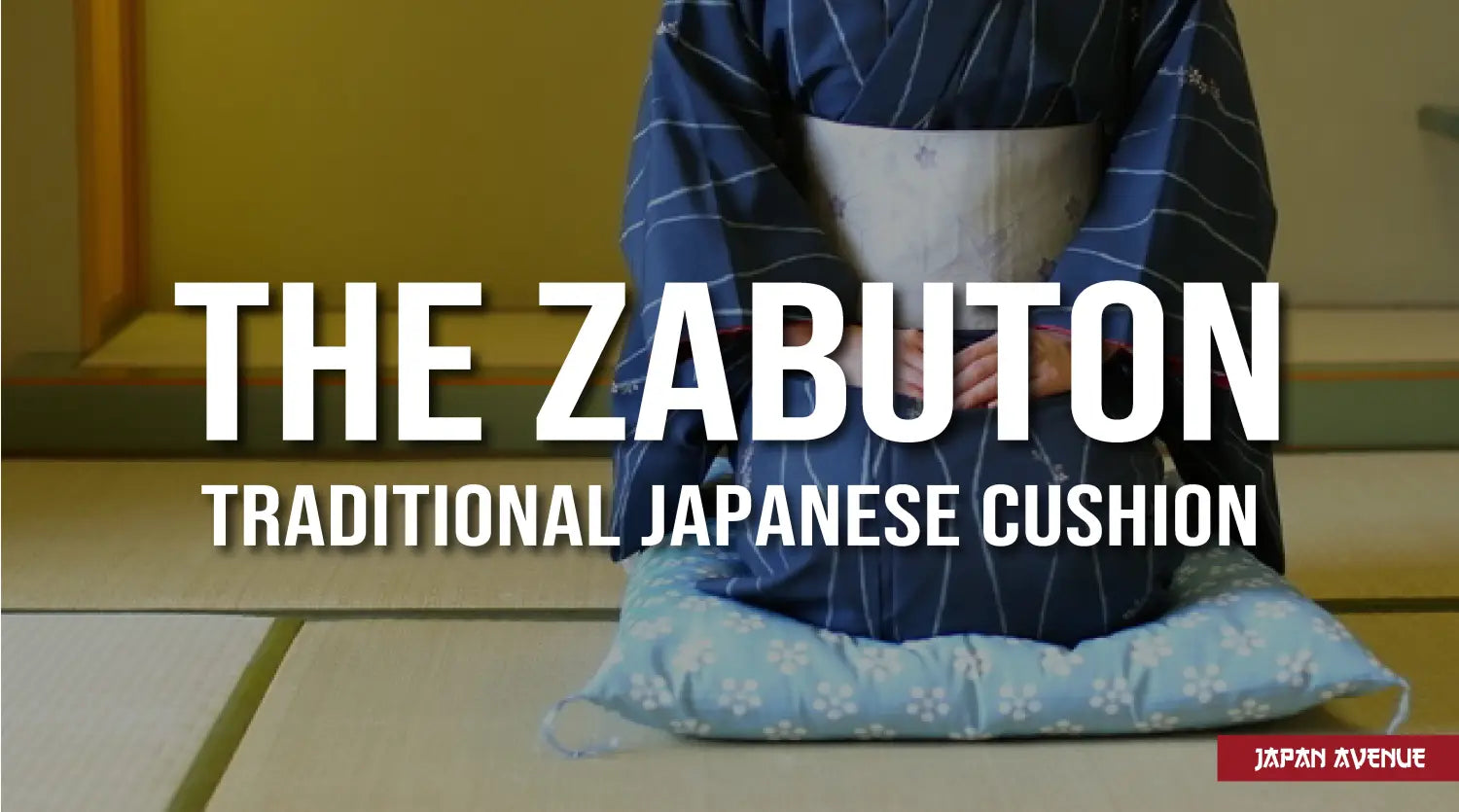Inherited from Japanese tradition, the Japanese furniture is a real element of identity for the Japanese population. In Japan, no tables or chairs as we are used to see in western houses, but very low furniture, at ground level, and a minimalist decoration. In a Japanese house, no superfluous items but only the furniture necessary to create a practical and comfortable interior.
The zabuton, a Japanese cushion for sitting
For sitting, Japanese people sit on a zabuton, a cushion placed on the tatami, a traditional Japanese floor covering. These Japanese floor cushions are usually found in the living room, around a low table where one takes its meal. This floor cushion for eating can also be used to watch TV or read a book.

A regular zabuton has a square shape measuring 50 or 70 cm on each side and is no more than a few centimeters thick. The zabuton floor cushion is the everyday cushion found in most Japanese homes.
It is also used in sumo wrestling where spectators throw their zabuton into the ring when the wrestler is defeated, or in rakugo, a kind of Japanese one-man show, where actors sit on a zabuton to perform their skit on stage.
The art of sitting in Japan, also known as the art of seiza
If there is one position that is far from being natural for Westerners, it is the kneeling position, legs bent, buttocks on heels and feet flat on the ground. Try to hold this position for more than 5 minutes and you are likely to feel pain in your knees or ants in your legs. However, this position does correspond to the formal sitting position in Japan, the seiza (which means "to sit correctly" in Japanese).

Like most traditional Japanese practices, seiza is very much codified. To sit on a zabuton in the seiza position, one has to approach it from the left side, squat down and slide on the cushion with the help of the hands.
For those who feel uncomfortable in this position, there are alternative positions that are accepted. Women can sit in the amazon position with both legs bent on the same side and men can sit cross-legged.

For even more comfort, there exist chairs without legs but with a backrest, the zaisu. And if you're lucky, you'll even have matching armrests.
The Japanese floor cushion and rules of etiquette
Nowadays, the zabuton has become a basic cushion and the traditional rules of Japanese culture are sometimes forgotten, but it is good to know at least the two basic rules of courtesy related to the zabuton when being invited to someone's house.
- To thank the person who invited you, you should move off the zabuton to kneel beside it on the tatami mat and greet the host. By staying on the zabuton, you are slightly higher and that is a lack of respect.
- You should never step on a zabuton. From a young age, children are taught to respect this cushion which is used for the comfort of hosts and guests. Similarly, a zabuton should not be moved without being asked to do so.
Don't worry, these rules of good manners are more traditional than actual, as Japan has somewhat freed itself from these rather strict forms of politeness regarding daily life.
Why to adopt the floor cushion?
In a small apartment or small living room, space is a major problem. Arranging furniture is often a real puzzle where you have to find the right compromise between free space and the number of seats. We are familiar with chairs, armchairs or ottomans, but this furniture is generally very cumbersome and impractical, especially when we have to move them in order to make room for our guests.
How about changing our way of thinking and look at the Japanese practices? The traditional Japanese seat cushion can be the ideal solution to this space constraint problem.

Floor cushions offer you the possibility to add seats around your coffee table in order to receive your guests or in front of your TV to organize a movie night at home. When you no longer need them, simply stack them in a corner to free up the space.

In addition to the practical aspect, adding floor cushions can also transform your living space into a cozy, warm and welcoming interior. In a dark or neutral colored room, this Japanese item will bring small touches of color for more playfulness and dynamism.

You will find a variety of colorful cushions, with traditional Japanese patterns or modern designs that will perfectly match your existing home decor. The colors are beneficial to the mind and will add a bit of novelty to your room.



